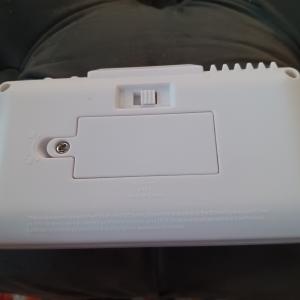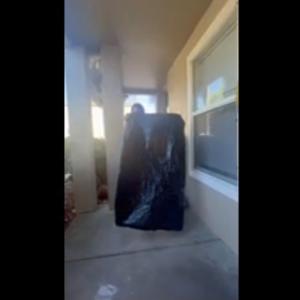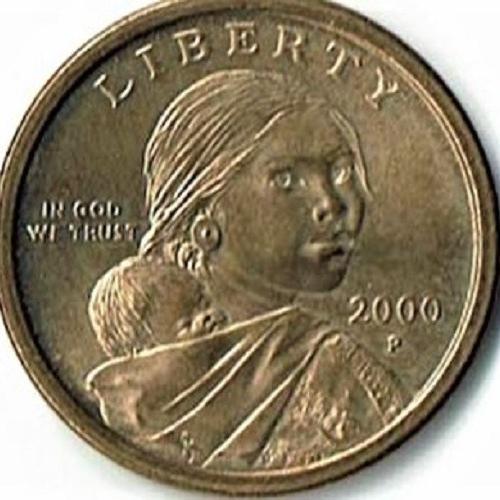Sacagawea 2000-P Gold Dollar - Mint Condition/Uncirculated
Sacagawea 2000-P Gold Dollar - Mint Condition/Uncirculated
The Commission of Fine Arts provided its Gold Dollar design recommendation to the Mint. After much review of all the input received to date, the Mint presented the final designs to the Secretary of the Treasury. On May 4, 1999, the Mint unveiled the selected “Sacagawea”design by sculptor Glenna Goodacre at the White House.
The Mint consulted with historians and Native American representatives on several aspects of the design. Historical records use conflicting spellings of Sacagawea’s name. Based on several highly regarded contemporary works, the Mint decided to use the “Sacagawea” spelling.
The Golden Dollar's obverse, or heads, has Sacagawea portrayed in three-quarter profile. In a departure from numismatic tradition, she looks straight at the holder. Glenna Goodacre, the artist of the obverse, included the large, dark eyes attributed to Sacagawea in Shoshone legends. Goodacre used a present-day Shoshone college student, Randy'L He-dow Teton, as her model.
On her back, Sacagawea carries Jean Baptiste, her infant son. Six months pregnant when she joined the Lewis and Clark expedition, Sacagawea gave birth to Jean Baptiste early in the journey.
Sacagawea, (Sacagawea's name means "boat puller" or "bird woman" if spelled as Sakakawea). She was the daughter of a Shoshone chief, was captured by an enemy tribe and sold to a French Canadian trapper who made her his wife around age 12. In November 1804, she was invited to join the Lewis and Clark expedition as a Shoshone interpreter. After leaving the expedition, she died at Fort Manuel in what is now Kenel, South Dakota, circa 1812.
Coin Specifications:
The dollar coin features distinguishing traits, including: a golden color, extra-wide border, smooth edge, and specially designed alloy. The Golden Dollar is: 8.1 grams in weight, 2 mm thick, and 26.5 mm in diameter.
The coin's physical makeup is a three-layer clad construction - pure copper sandwiched between outer layers of manganese brass. Like any brass, its color eventually becomes darker, giving the coins an antique finish. If the coins are handled frequently, the darker "patina" may wear off the high points, leaving brighter highlights that give depth to Sacagawea against the darker background.
Manganese brass composition:
77% copper
12% zinc
7% manganese
4% nickel
Golden Dollar's overall composition:
88.5% copper
6% zinc
3.5% manganese
2% nickel



